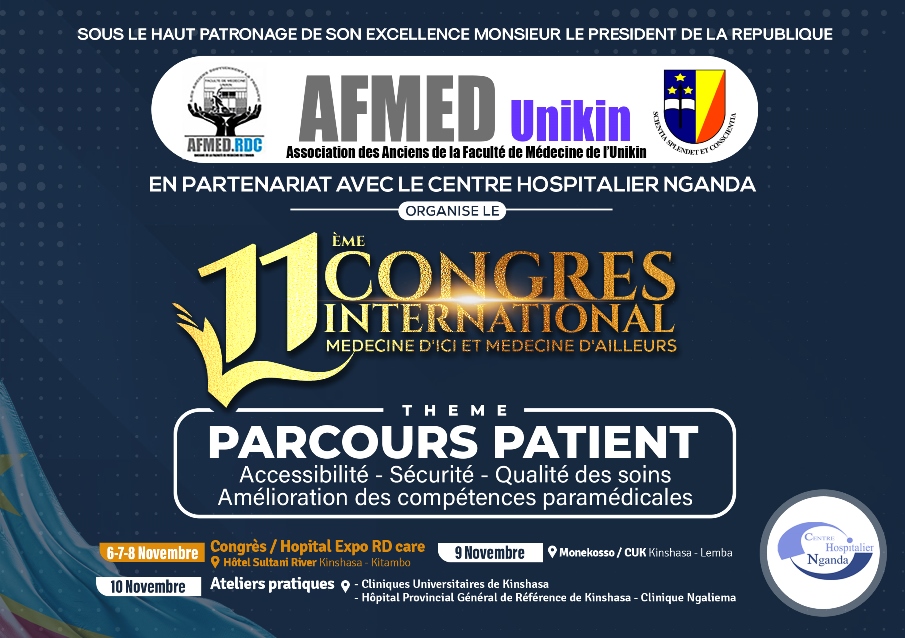Erick Ntambwe Kamangu, Adawaye Chatté, Fabrice Susin, Raphael Boreux, Richard Lunganza Kalala, Georges Lelo Mvumbi, Patrick De Mol, Dolores Vaira, Marie-Pierre Hayette,
Abstract
Background
The massive use of antiretroviral (ARV) created the emergence of mutant strains resistant to treatment. Thus, the World Health Organization (WHO) recommends epidemiological monitoring for newly infected patients with the Human Immunodeficiency Virus (HIV). The objective of this study is to determine the genetic diversity of HIV Type 1 and the prevalence of mutations associated with resistance to ARV in treatment-naïve patients in Kinshasa. The massive use of antiretroviral (ARV) created the emergence of mutant strains resistant to treatment. Thus, the World Health Organization (WHO) recommends epidemiological monitoring for newly infected patients with the Human Immunodeficiency Virus (HIV). The objective of this study is to determine the genetic diversity of HIV Type 1 and the prevalence of mutations associated with resistance to ARV in treatment-naïve patients in Kinshasa.
Methods
One hundred fifty-three subjects diagnosed positive for HIV Type 1 voluntarily participated in this study. They were recruited in different centers in Kinshasa. The inclusions were conducted from August 2013 to February 2014. Five milliliters (5 ml) of blood were collected in a tube with anticoagulant EDTA. Five hundred microliter of plasma was sent for analysis to the AIDS Reference Laboratory of the University Hospital of Liège (CHU-Liège) in Belgium. RNA was extracted from 140 µl of plasma using the QIAamp RNA Mini Kit (QIAGEN®). A Reverse Transcriptase PCR and Nested PCR enabled amplification of the regions of interest on the Protease and Reverse Transcriptase (RT) for subsequent sequencing.
Results
The mean age of patients was 37 years, ranging from 18 to 65 years. The median values of Viral Loads (VL) and rate of CD4 lymphocytes were respectively 5.68 log10 RNA copies/ml and 180 cells/ml. Protease and RT were amplified and sequenced, respectively, for 130 (84.9%) and 145 (94.8%) patients out of 153. Subtype A was dominant with 35 cases (22.9%); followed by CRF02_AG (11.1%), C (9.8%), G (9.8%), K (9.8%), D (7.8%), H (7.8%) and J (5.0%).
Conclusion
The results of our study confirm the high diversity of HIV Type 1 in Kinshasa. It reveals the heterogeneity and the dynamic of the virus, and the presence of transmitted resistance associated with antiretroviral drugs.









